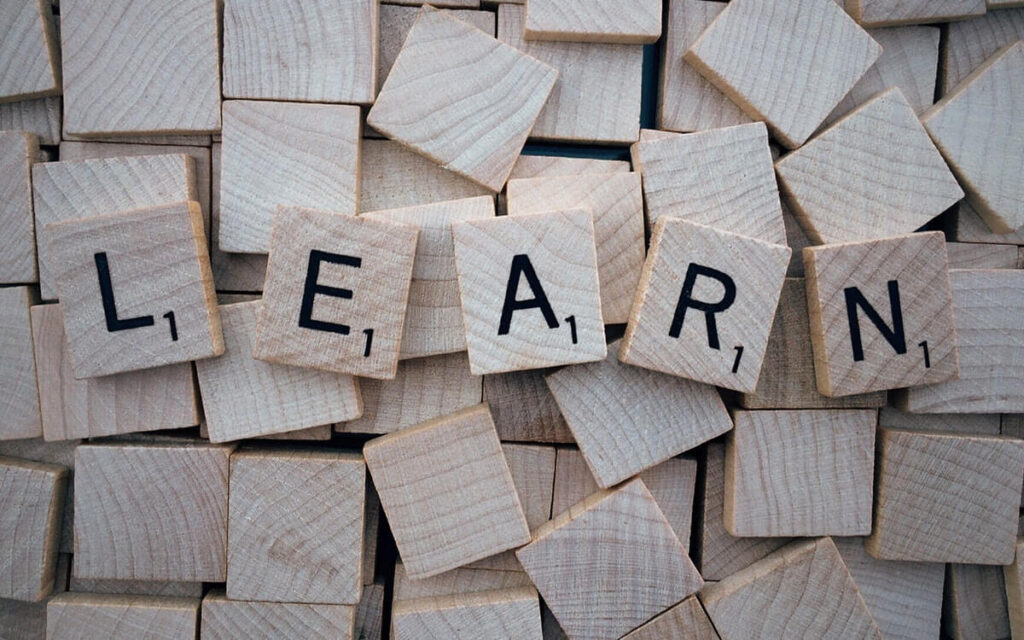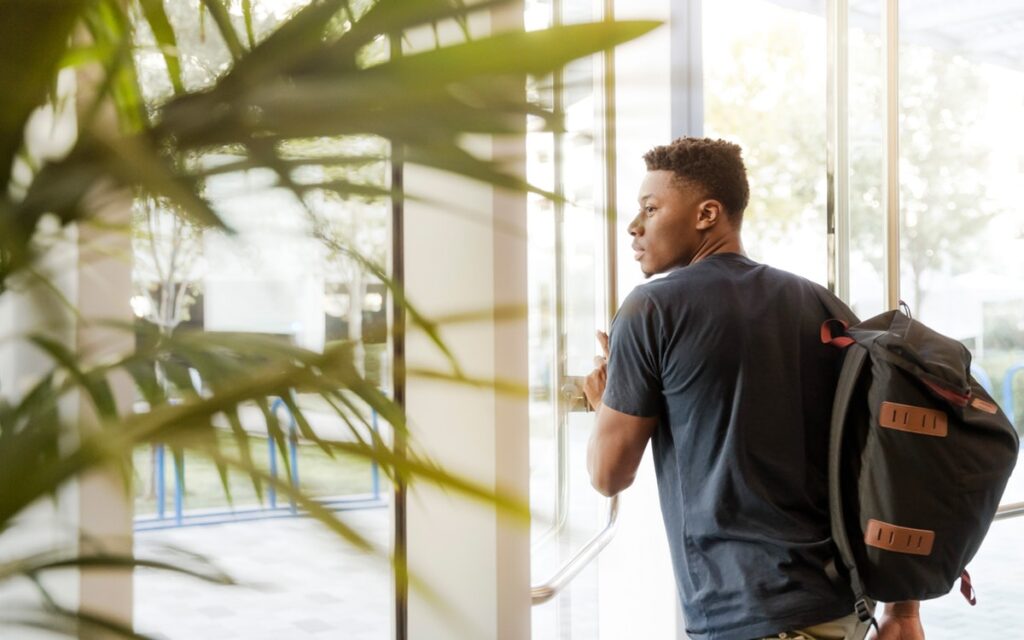
By: Lisa Illingworth, CEO and co-founder of Futureproof
Trend One: Seeing Education as a Business
Over the last few years South Africa’s education sector seen a rise in independent school groups, like Spark Schools and Nova Pioneer, and this number is predicted to continue growing for the foreseeable future. The core focus of these schools is on creating citizens that are holistically equipped for challenges that lie outside of academia. These are also coupled with business models that make independent, private schooling accessible to lower income groups of the population. Spark Schools and Generations Group are only two of the examples of a blend between good business practice and a citizenry approach to education.
“In simple terms, the current curriculum being taught in South African schools creates little value for the world and hence the emergence of groups like Generations aimed at solving this problem,” states Jevron Epstein, CEO of Generations Schools.
Trend Two: Educational ‘Niching’
The current national sentiment, that traditional schooling is both broken and irrelevant for the world of work that children are entering into, will continue to gain support over the next five years, resulting in increased ‘niching’ into smaller specific educational segments.
Niching will not only include skills and knowledge segments but will also focus on the emotional well-being of the child. Leadership and stewardship will take centre stage followed closely by coding, entrepreneurship and design. The market appetite will grow towards a blended offering of all of these, and smaller institutions that offer these programmes will see an upswing in interest, either separately to South African schools or included in their offering to parents for differentiation.
Trend Three: School ‘Coaching’
Parents are beginning to admit their inability to keep up with the challenges that teenagers face and are seeking out professionals to equip both themselves and their teens with a broader toolbox of skills and coping mechanisms – ‘coaching.’
Schools and parents are also investing and will increase this investment in additional support in the form of coaching and mentoring from formal professionals, particularly in the high school phase of education where parents feel under equipped to cope with the volatility of their teenagers.
Students can begin building their own curriculums and identify gaps in their own learning path by a virtual mirroring/modelling effect of their counterpart

Trend Four: Self-directed Learning
When classrooms were centered around the learning and knowledge that was directed by a teacher, the structuring of classes, lessons and activities had to have a single point of focus. This meant that the teacher needed to be heard at all times conducting attention onto themselves and the pace was set by how much knowledge the teacher could distribute. Learning was at a pace that was set at the discretion of the curriculum and the teacher.
With the diverse and deep accumulation of information on the internet, the role of the teacher can and must change to teaching students how to learn and assimilate knowledge. Teachers have the chance to no longer be information practitioners but shapers of healthy, engaged and responsible citizens. Teachers have the freedom now to develop skills and behavior as the source of knowledge, when there is access, is now digital.
Students can begin building their own curriculums and identifying gaps in their own learning path by a virtual mirroring/modelling effect of their counterparts. By being taught self-awareness and self-management, students can identify their own gaps in learning, choose which channel by which to acquire that knowledge and with the help of an educator shift through that knowledge to create their own learning pathways.
Trend Five: Mindfulness as Part of the Curriculum
Is your child stressed? Anxious? You’re not alone. It seems that everyone is experiencing ‘burn-out’ these days and kids are very sensitive to what is going on around them. As a result an increasing number of children are experiencing behavioural and emotional issues both at home and in the classroom.
In response, some schools have begun to introduce mindfulness into the curriculum, and we predict that more and more South African schools will catch on in the coming years.
Mindfulness is a type of meditation proven to increase calm, combat anxiety and encourage focused and participatory learning. Mindfulness can be introduced as a five-minute daily meditation or as a relaxation technique during a class, it is a short break from the hectic pace of modern life that has an overwhelmingly positive impact.


